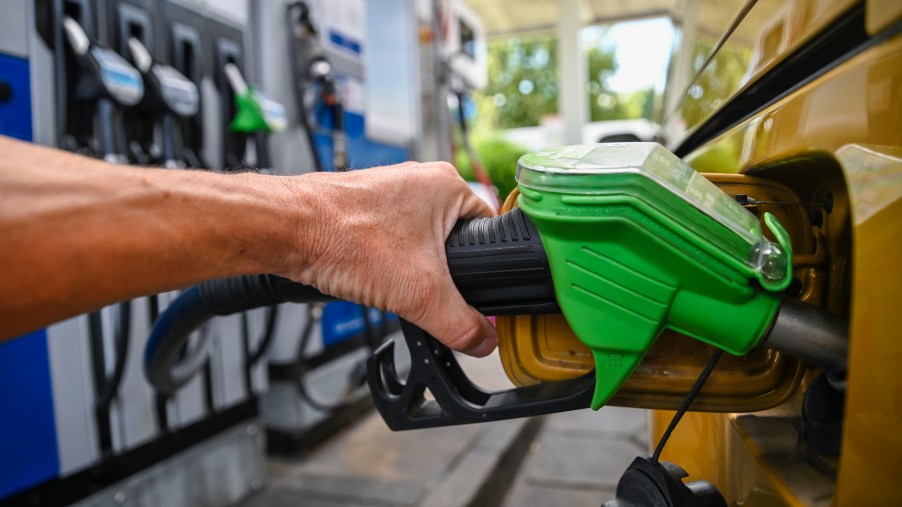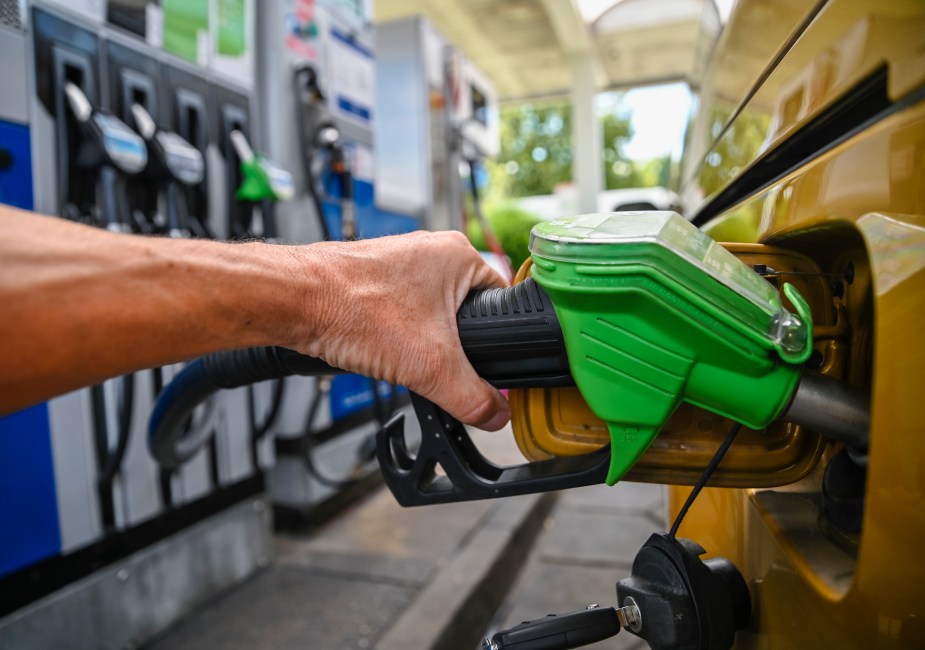
How to Figure out Your Vehicle’s Gas Mileage
Hybrid cars offer the best gas mileage without having an all-electric powertrain. But, not everyone can simply run out and get one. However, you can still save some money at the pump by figuring out your current vehicle’s gas mileage and seeing if you can improve it with a few tips.
Why gas mileage is so important

Gas mileage is the amount of miles you can drive per a specific amount of fuel. With the prices being so high at the pump, you want to limit how much gas your car uses. This is one of the main reasons gas mileage is so important. Stations across the country are seeing prices as high as $5 a gallon or more.
Vehicles nowadays have to provide a miles per gallon (mpg) rating to show how efficient it is when it comes to gasoline. That typically is given with miles traveled in the city on the highway and both of them combined. Usually, the highway mpg figure is often five or more mpg more than city driving because you don’t have all the stop-and-go traffic or the idling at stop lights. Someone purchasing a vehicle will know what to expect regarding fuel savings.
However, the figure listed for the new vehicle will also depend on your driving habits and whether you’re pulling extra weight from a trailer. Other factors affecting fuel savings include poor maintenance and long idling times, like when you warm up the vehicle in winter.
How do you know what your vehicle’s gas mileage is?
To figure out your vehicle’s gas mileage, you’ll want to know how much fuel you used from one fill-up to the next. So you’ll start by filling up your car. Write down the odometer reading at this point before you leave the pump. Once it’s complete, you can go about your daily driving. The next time you fill up, you will need to write down the odometer reading again.
According to Erie Insurance, subtract the previous mileage figure from the current one, and you’ll have the number of miles you traveled. You can also use the trip feature often found within the car’s driving informational menus. This will tell you the miles you went, and you won’t have to do the math for this part.
Next, look at the pump and see how many gallons it took to fill the car. You’ll need to divide that number by the miles traveled. For example, if you drove 200 miles on a tank of gas and it took 7 gallons to fill it up, you would divide 200 by 7 to get 28.6 mpg for that particular trip. It will be different each time you do it.
What is good gas mileage, and how can you get it?
So, what is ‘good’ gas mileage? The shorter answer would be that you go the furthest while using less gas. But, there’s a little bit more to it than that. The Environmental Protection Agency (EPA) helps you determine whether the mpg number for your vehicle is beneficial or not.
One that’s given a perfect score can reach 44 or more mpg on a tank of gas. At the opposite end, the EPA with he lowest rating possible only get around 14 mpg or even less. If you find your car isn’t getting outstanding mileage, there are a few ways to improve the numbers to help you save a little more on fuel.
One of the best ways to squeeze out more gas mileage is by keeping your vehicle in great shape. Regular maintenance, like keeping your tires inflated, changing the oil at appropriate intervals, and ensuring the clean air filter will help your vehicle go further on a single gas tank.
You can also plan travel routes by avoiding rush hour traffic and road construction detours. Also, consider using your cruise control at posted speeds to keep from burning up too much fuel speeding down the road.
While gas prices remain high, you’ll want to save as much money as possible on fuel. Figure out how much mpg your vehicle gets on average and see if you can improve the mileage with a few simple tips.


